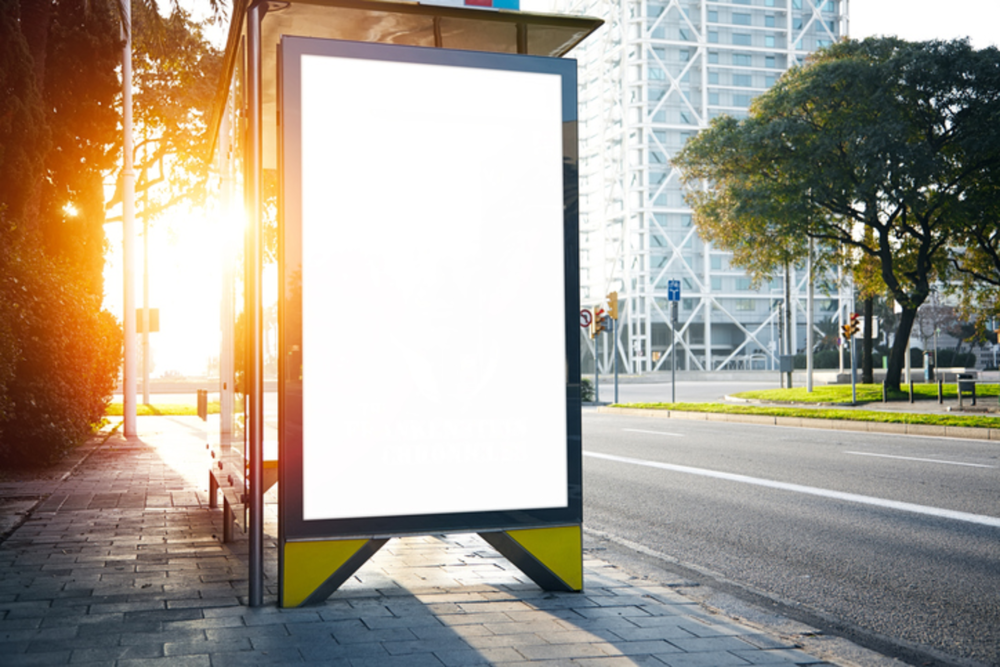Picture a billboard, and likely you think of a static picture with a slogan or some other words on it, or maybe a sort of revolving picture in a more dynamic version. That’s old school billboards. Today’s technology allows billboards to pick up on essential cues that enable them to tailor responses to the people in front of them. These are smart billboards equipped with responsive abilities. And there are more developments ahead.
Want to get a smoker’s attention? Try a smart billboard that coughs. That’s what a responsive billboard designed to promote smoking-cessation products from a Swedish pharmacy did. As the video of the billboard in actions shows, it looks like a static picture of a man until a smoker gets close enough to trigger the digital screen to shift to showing the same man coughing. That’s followed by a picture of the promoted products.
It works fairly simply, as explained in CNN Money. A smoke detector is what activates the video on the screen. The strategy of the campaign’s release was also based on a pretty basic idea. “‘We released this initiative that aims to help people with one of the most common New Year’s resolutions — quit smoking,'” an agency representative told CNN Money. Sweden does have a higher percentage of smokers than the US, but perhaps something similar could work over here to try to inspire more to give up cigarettes.
Responsive billboards have appeared in the US. One that involved technology to design a responsive digital campaign for the GMC Acadia sports utility vehicle ran for two months in Santa Monica. This form of digital display was the first to combine facial recognition technology with “dynamic displays to present personalized content in an out-of-home campaign.” The digital concept involved a number of players, including Posterscope USA, Quividi, EYE Corp Media and Engage M1.
As you can see from the video here, this kind of digital display doesn’t just respond to a single stimulus like smoke but uses cameras and facial recognition abilities to identify gender, age, and even the expressions of the viewer. Mindful about privacy concerns, the units were designed not to store or share any of the camera images or the anonymized data interpreted from them.
The display offered different responses to individual men and women than it did to groups of people and also had customized interactions for children, drawing on the most fitting choice from the 30 possibilities programmed. The ability to personalize content and messaging to a variety of target audiences really came to life in this campaign,” observed EYE Corp Media CEO Jeff Gunderman.
The smart billboards of the future might start combining the recognition software with sensors for the environment, and start offering responses to people that don’t just get their age and gender, but the weather as well. That could work for truly dynamic personalization that could remind people to apply sunscreen with different formulas for women, men, and children. Beyond obvious tie-ins to the environment a bookstore, for example, could offer suggestions of books for adults, YA, and younger children that work well for a cozy escape from the cold or to read while on the beach.
With so many ads competing for people’s attention, appealing visuals or a catchy slogan that assume one-size-fits-all audiences don’t necessarily draw people in. That’s why we will likely be seeing more innovations in billboard personalization in the future.








